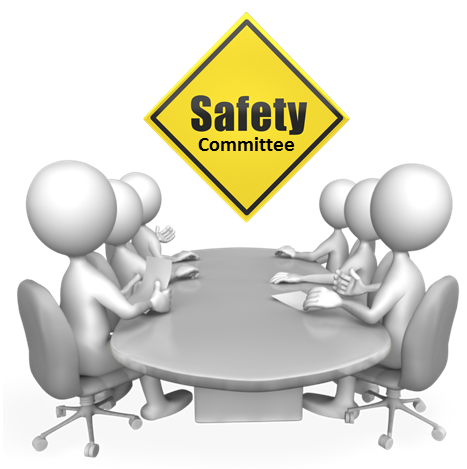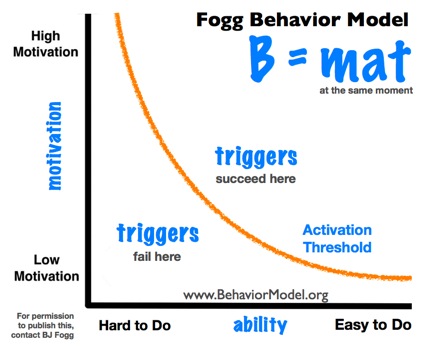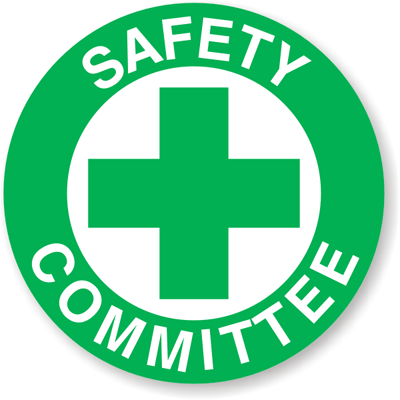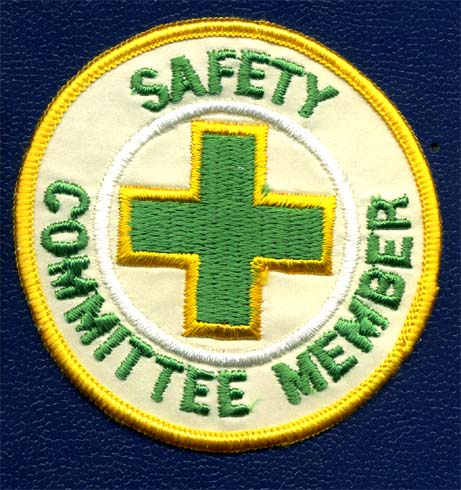 Thousands of accidents occur throughout the United States every day. The failure of people, equipment, supplies, or surroundings to behave or react as expected causes most of them. Accident investigations determine how and why these failures occur. By using the information gained through an investigation, a similar, or perhaps more disastrous, accident may be prevented. It is important to conduct accident investigations with prevention in mind.
Thousands of accidents occur throughout the United States every day. The failure of people, equipment, supplies, or surroundings to behave or react as expected causes most of them. Accident investigations determine how and why these failures occur. By using the information gained through an investigation, a similar, or perhaps more disastrous, accident may be prevented. It is important to conduct accident investigations with prevention in mind.
Tag: safety committee
What is the Purpose of a Safety Committee?
 The purpose of a safety committee is to bring workers and management together in a non-adversarial, cooperative effort to promote safety and health in each workplace. A safety committee assists the employer and makes recommendations for change.
The purpose of a safety committee is to bring workers and management together in a non-adversarial, cooperative effort to promote safety and health in each workplace. A safety committee assists the employer and makes recommendations for change.
via Safety Committee Development — Occupational Health & Safety.
Safety – Begin With The End In Mind
 The Second Habit in Steven Covey’s book The Seven Habits of Highly Effective People is Begin With the End in Mind. I think that is a great habit to apply to workplace safety. I have attached an Annual Safety Audit to the end of this message anyone can use as a road map to an effective safety strategy. It’s been my experience that most employers want to keep their employees healthy and safe because it’s not only good business but also the right thing to do.
The Second Habit in Steven Covey’s book The Seven Habits of Highly Effective People is Begin With the End in Mind. I think that is a great habit to apply to workplace safety. I have attached an Annual Safety Audit to the end of this message anyone can use as a road map to an effective safety strategy. It’s been my experience that most employers want to keep their employees healthy and safe because it’s not only good business but also the right thing to do.
Click on the link to download a copy of Annual Safety Audit:
What Triggers Behavior Change?
 BJ Fogg founder of the Persuasive Technology Lab at Stanford University designed a behavior model to serve as a guide to identify what stops people from performing desirable behaviors. The Fogg Behavior Model shows that three elements must converge at the same moment for a behavior to occur:
BJ Fogg founder of the Persuasive Technology Lab at Stanford University designed a behavior model to serve as a guide to identify what stops people from performing desirable behaviors. The Fogg Behavior Model shows that three elements must converge at the same moment for a behavior to occur:
- Motivation
- Ability
- Trigger
When a behavior does not occur, at least one of those three elements is missing.
When designing health and safety processes it’s important to include all three elements to drive desired behavior change. To be successful you need participation, education and encouragement built into the process.
Effective Safety Committees
 Safety committees are a key part of safety in the workplace. They can provide a central focus when they represent all functions or departments to allow the organization to take an overall look at safety requirements and to foresee problems. They can provide a sounding board by being a visible and approachable body for safety or health complaints and suggestions. Finally, they can provide central coordination of safety training activities.
Safety committees are a key part of safety in the workplace. They can provide a central focus when they represent all functions or departments to allow the organization to take an overall look at safety requirements and to foresee problems. They can provide a sounding board by being a visible and approachable body for safety or health complaints and suggestions. Finally, they can provide central coordination of safety training activities.
via Safety Committees training, regulations, analysis, news, and tools – Safety.BLR.com.
Safety Committee Meeting Tips
 Health and Safety Committee meetings should be held regularly on a specific day and time and at least on a quarterly basis (i.e. the first Thursday of each month/quarter at 8:30 A.M.). New committees should consider meeting on a more frequent basis. When a meeting schedule is planned well in advance, the members are then in a better position to arrange for their attendance and prepare for discussion.
Health and Safety Committee meetings should be held regularly on a specific day and time and at least on a quarterly basis (i.e. the first Thursday of each month/quarter at 8:30 A.M.). New committees should consider meeting on a more frequent basis. When a meeting schedule is planned well in advance, the members are then in a better position to arrange for their attendance and prepare for discussion.
A typical Committee meeting should include:
- Review of unfinished items from the previous meeting(s) and/or activities.
- Status reports from any sub-committees.
- Discussion/review of safety inspection reports and the actions taken to correct observed hazards.
- Review of accident/incidents sustained since the previous meeting and a discussion of measures to prevent similar accidents and incidents.
- Review of the status of current action plans or training programs.
- Review of outstanding recommendations developed by outside loss control consultants and/or Department of Commerce health and safety compliance inspectors.
- Discussion about activities related to future action plans and/or training programs.
- Discussion about special activities such as health fairs.
- Discussion about new business, future agenda items, projects and meeting dates.
The 10 Objectives of a Safety Committee
 In order to accomplish these objectives, the successful Health and Safety Committee should:
In order to accomplish these objectives, the successful Health and Safety Committee should:
- Develop a written mission statement and charter.
- Clearly define the duties and responsibilities of officers and general members.
- Identify and prioritize goals and establish action plans to achieve each goal.
- Include representation from different levels and areas of the organization.
- Meet at least quarterly/monthly.
- Record and disseminate minutes of each meeting, documenting attendance, problems and issues and corrective action proposed and actions taken to address each issue.
- Make attendance mandatory with the penalty of removal for repeated absences.
- Develop methods to increase and maintain safety awareness.
- Organize special sub-committees to address specific issues and projects.
- Communicate the purpose, activities and accomplishments of the committee to all employees.
The 7 Reasons For A Safety Committee
 Health and Safety Committees should be established for the following purposes:
Health and Safety Committees should be established for the following purposes:
- To increase and maintain the interest of employees in health and safety issues.
- To convince managers, supervisors and employees through awareness and training activities that they are primarily responsible for the prevention of workplace accidents.
- To help make health and safety activities an integral part of the organizations operating procedures, culture and programs.
- To provide an opportunity for the free discussion of health and safety problems and possible solutions.
- To inform and educate employees and supervisors about health and safety issues, new standards, research findings, etc.
- To help reduce the risk of workplace injuries and illnesses.
- To help insure compliance with federal and state health and safety standards.
